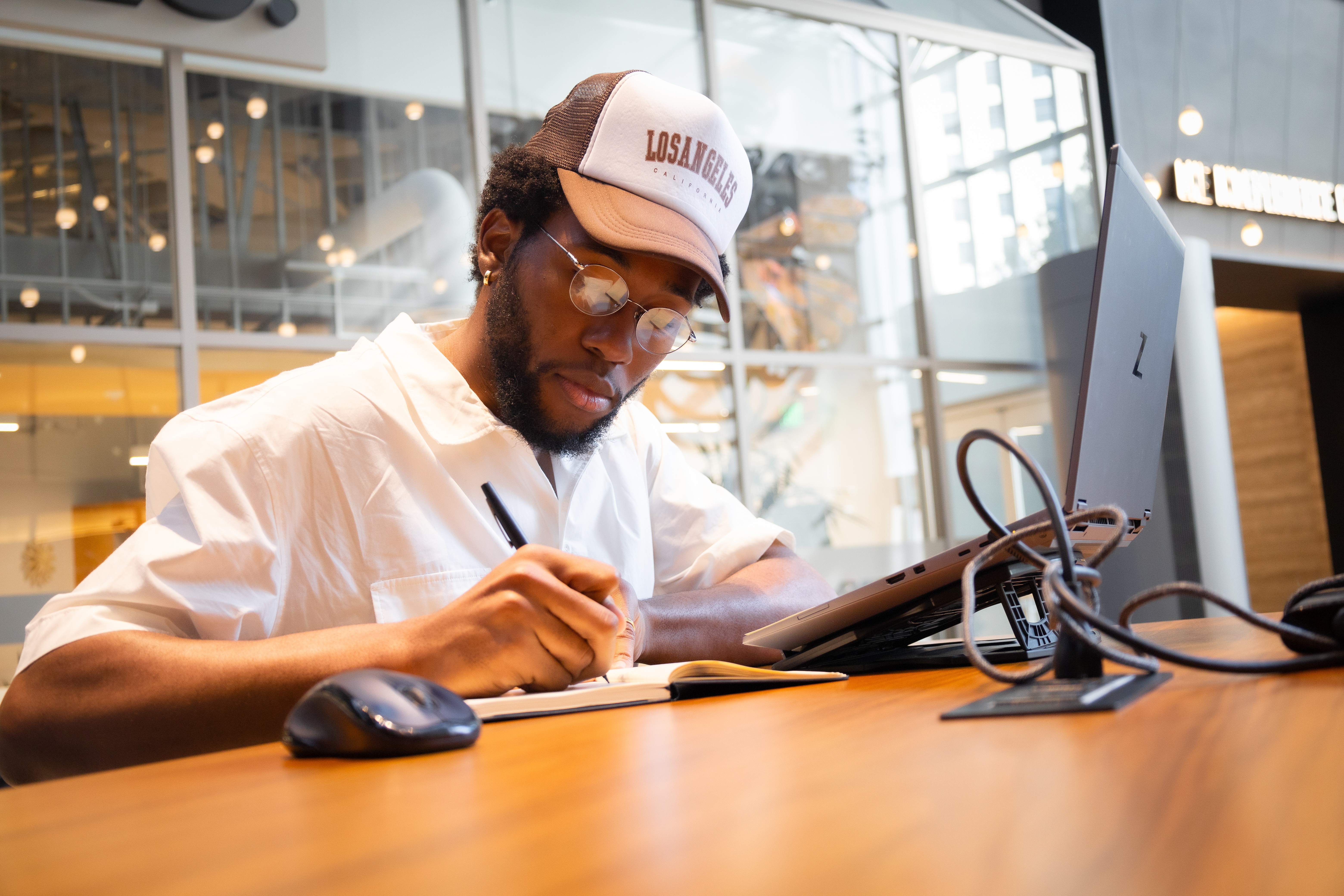By CultureBanx Team
- Black architects lead the charge in tackling architecture’s diversity issue, forming collectives, initiatives to expand education, industry awareness, and reframing multicultural community inclusivity
- Only 1.8% of the National Council of Architectural Registration Boards Certificate holders are Black
The field of architecture is a fascinating intersection of creativity, culture, and community. It’s a realm where structures are not just bricks and mortar but a reflection of the societies they thrive in. Black people comprise only 1.8% of the National Council of Architectural Registration Boards Certificate population, with Black women holding only 0.4% of all records, according to the NCARB 2023 By The Numbers report.
Why This Matters: For architecture to resonate with diverse communities, the architects behind these structures should themselves represent a spectrum of backgrounds and experiences. Asians make up 6.6% of all NCARB Certificate holders; Hispanic or Latino architects only 4.9%; women architects now make up nearly a quarter of the certificate holder population, a 2.6% point increase compared to 2018. For context, the firm also reports that about 83% of NCARB record holders identify as white, a 2% decrease since 2018. The numbers for Black and African Americans have remained relatively the same in the last five years.
Some pundits attribute the Black-American disparity to a pipeline problem. At the same time, the NCARB and the National Organization for Minority Architects (NOMA) found that Black or African Americans who begin the licensing process were also more likely to face economic barriers, negative educational experiences, and lack of professional support, with Black women being more likely to want to leave the field based on their experience working at a firm.
Designing For An Intersectional World: From community design to early education introduction, one early-career designer considers that authentically connecting with Black communities can help the architectural diversity issue.
“I believe architects need to create spaces where people can see themselves and feel represented, whether through the adaptation of visuals or geometrical representations expressive of multicultural elements and typologies,” says Ronald Oziogu, designer at architecture firm Woods Bagot to CultureBanx.
Notably, Black architects lead the charge in tackling architecture’s diversity issue, forming collectives, initiatives to expand education, industry awareness, and reframing multicultural community inclusivity.
Yet, Oziogu thinks the onus should fall on firms to advocate for equity and representation in architecture culture and the design process.
“The possibility of being an architect or having language for architecture hasn’t been widely attainable nor promoted to Black people, so it feels like a space where we don’t belong, but we do,” he says, adding that it’s up to companies “to do the groundwork of inviting and including voices of color and respecting their contributions so that it can propagate throughout the profession and into academia.”
Building A Diverse Architectural Roadmap: Across industries and disciplines, research shows that professional diversity and inclusivity boost the bottom line. Consulting company McKinsey cites $2 billion in potential revenue if financial inclusion efforts broaden services for Black Americans. However, marketing diversity as an intelligent business choice seems reductive when the cost of exclusion is collectively detrimental.
In architecture, diversity and inclusion could encourage innovation in addressing pressing social issues like climate change in the built environment.
“At Woods Bagot, we believe in People Architecture or the belief that the values of design and end users’ are the same,” says Oziogu. “Architects should design public spaces that are flexible, adaptable, and sustainable, having the flexibility to become centers for advocacy and arts and encourage multicultural communal gatherings and experiences that bridge cultural gaps and promote socialization.”
Pop Architecture: Architecture deserves a spot in pop culture, as the built environment is everyone’s business. Black Americans spend the most time tapped into media and the pop cultural zeitgeist, and have made significant contributions to the social fabric of American culture, and elevated American pop culture from music to fashion to sports and more, with their influences extending globally. More importantly, Black people have been heavily impacted by architecture, so an expansive Black perspective should exist in the architectural lexicon.
CBX Vibe: “Build” Justine Skye









